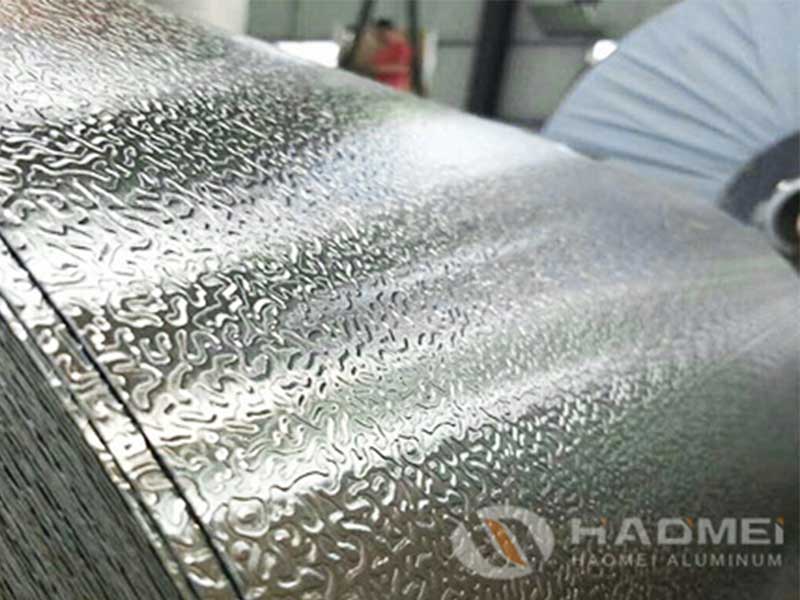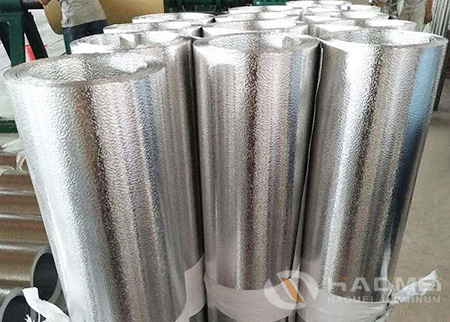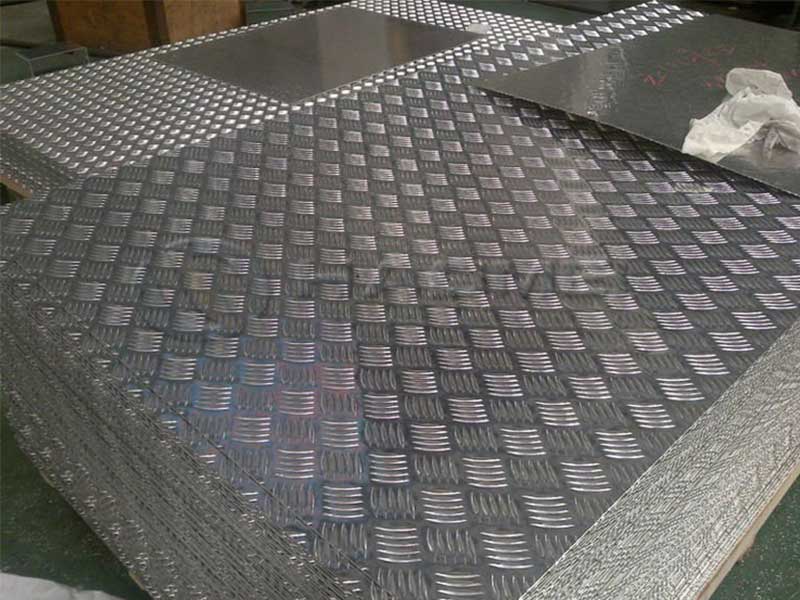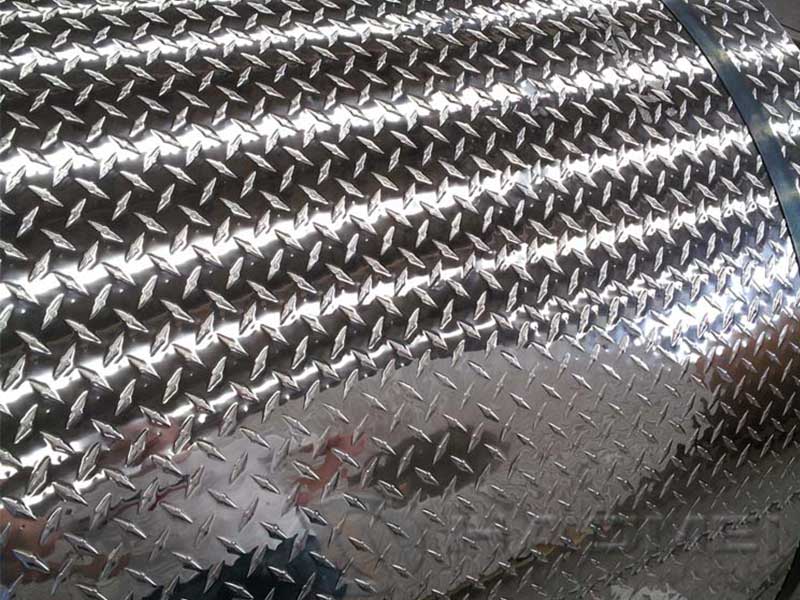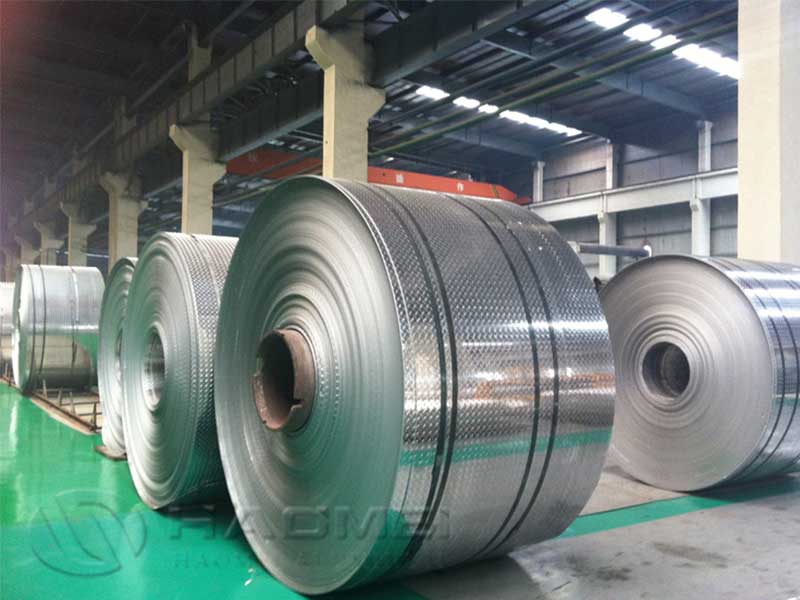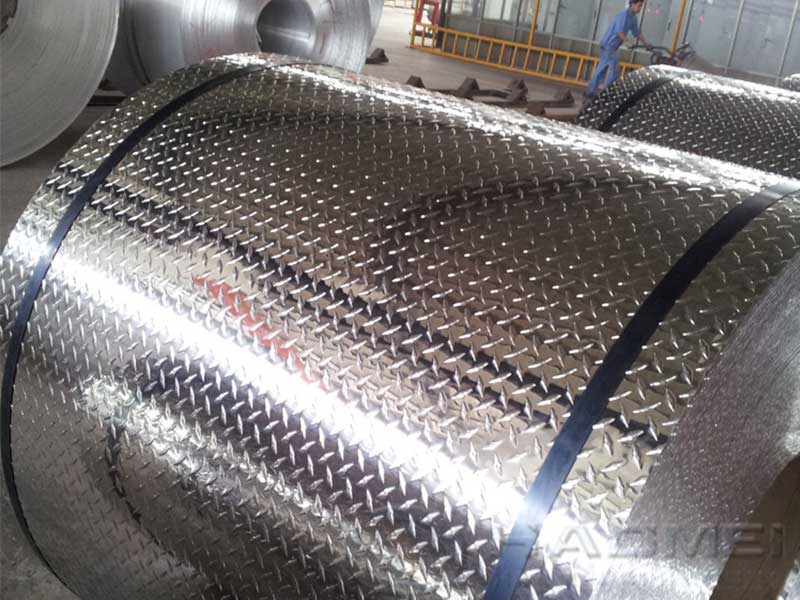Ultra thin embossed aluminum sheet
In the realm of modern materials engineering, ultra thin embossed aluminum sheets represent a subtle yet profound innovation—merging the lightweight versatility of aluminum with the textural and structural advantages of surface embossing.
What Makes Ultra Thin Embossed Aluminum Sheet Unique?
Material Thickness and Alloy Selection
The designation “ultra thin” is generally applied to aluminum sheets with thicknesses ranging from 0.1 mm down to as low as 0.012 mm (12 microns). Achieving reliable embossing patterns in sheets this slender involves utilizing high-purity, ductile aluminum alloys, commonly 1xxx (e.g., 1100 series) and 3xxx (e.g., 3003 series) due to their excellent formability and corrosion resistance.
| Alloy | Dominant Alloying Element | Typical Temper | Tensile Strength (MPa) | Elongation (%) | Typical Application |
|---|---|---|---|---|---|
| 1100 | 99%+ Aluminum | H14 (strain Hardened) | 60–90 | 10–35 | Embossed sheets for general appearance applications |
| 3003 | ~1.2% Manganese | H18 (full Hard) | 110–140 | 3–6 | Sheet metal, decorative panels |
The low thickness range demands stringently controlled compositional uniformity and mechanical properties to withstand the stresses induced by embossing without tearing or wrinkling.
Embossing Techniques and Patterns
The embossing process for ultra thin sheets employs highly engineered rollers engraved with micro-texture patterns. Unlike thick sheets where large-scale embossing adds bulk, the pinpoint detailing in micro-embossing—often less than 0.2 mm deep—provides:
- Enhanced stiffness and rigidity without increasing weight
- Antiglare textured finishes that improve light dispersion
- Structural relief that aids in scratch resistance and surface grip
Common embossing patterns include diamond, cross-hatch, wave, and stipple configurations, optimized microscopically to maintain sheet integrity.
| Parameter | Typical Value | Effect on Sheet Properties |
|---|---|---|
| Emboss Depth | 0.05–0.2 mm | Increases Young’s Modulus parallel to pattern |
| Feature Size | ~0.5–2 mm (pitch) | Determines tactile feedback and reflectivity |
| Rolling Pressure | Calibrated for alloy & thickness | Mantains shape accuracy without micro-cracking |
Technical Advantages
Nano-Scale Microstrains Increase Work Hardening
Ultra thin embossed aluminum sheets technically exploit "microstraining" at the embossed domains. The plastic deformation introduced during embossing involves localized work hardening, enhancing the yield strength up to 10–20% compared to smooth sheets of identical thickness. This increases mechanical efficiency where weight-saving is paramount.
Thermal and Corrosion Properties Stabilized by Embossing
An often-overlooked detail is the slight yet measurable uplift in thermal conductivity owing to embossed surfaces promoting better convective cooling in airflow applications. Moreover, embossing’s subtle surface roughness helps trap anodized layers and inhibit delamination, improving corrosion resistance in moist environments—a property critical in marine vessel design and outdoors structures.
| Property | Flat 0.05 mm Sheet | Embossed 0.05 mm Sheet |
|---|---|---|
| Yield Strength (MPa) | 80 | 95 |
| Thermal Conductivity (W/m·K) | 220 (typical for Al1100) | ~230 (enhanced by microstrains) |
| Corrosion Resistance | Moderate (SAE) mixed | Moderate + improved anodic hold |
Exemplary Applications
Architectural Facades and Interior Finishes
Ultra thin embossed aluminum sheets have surged in architectural applications requiring lightweight paneling with high tensile strength and a beautifully textured surface finish that reduces glare. Their flexibility allows the creation of curved façades, decorative ceiling panels, and wall coverings that meld durability with design minimalism.
Electronics and Thermal Management Components
In compact electronic packaging and thermal management boards, ultra thin embossed sheets act as light yet mechanically reinforced heat spreaders. Their embossed texture optimizes surface area for heat dissipation while resisting mechanical buckling during assembly and operation.
Automotive Industry: Lightweighting and Aesthetics
Vehicle manufacturers increasingly use ultra thin embossed aluminum liners and interior trim to enhance carbody weight reduction efforts without forfeiting durability or tactile impression. Micro-embossed door panels and dashboards deliver convincing sporty feel and resilient wear.
Consumables and Packaging
Luxury packaging frequently relies on embossed surfaces to mediate product sensory appeal, leveraging aluminum’s barrier properties supplemented by texture-enhanced perceived quality. Ultra thin sheets fold crisply, lending themselves to complex imprinting used in premium boxed goods.
Implementation Standards and Processing Considerations
Process parameters must adhere to international aluminum production standards for ultra thin sheets such as those specified by ASTM B199 and EN 485 (Aluminum flat products controls), with particular attention to:
- Control of rolling temperature and cooling rates to obtain desired temper (e.g., H14, H18)
- Pre- and post-emboss annealing to relieve internal stresses created during surface deformation
- Precision rollers with microre-engraved grooves to maintain emboss replication within ±0.01 mm tolerance
Producers should ensure rigorous surface inspection protocols due to the high susceptibility of ultra thin sheets to tearing from uneven embossing pressure distribution.
https://www.al-alloy.com/a/ultra-thin-embossed-aluminum-sheet.html


